Monday January-13 2025 18:23:07
20cm test sieve for grains is a commonly used screening tool with a diameter of 20 cm. It is mainly used for screening and particle size analysis of grains, seeds and other granular materials. Through sieves with different mesh sizes, particles of different particle sizes can be separated, so as to evaluate the quality of grains and provide a scientific basis for agricultural production and food processing.
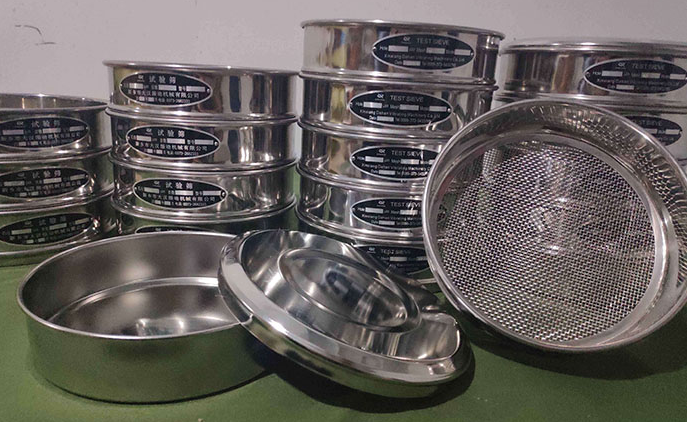
The grain sample to be tested is evenly spread on the sieve, and the grain particles are moved on the sieve by vibration and other means. Due to the effects of gravity, inertia and other factors, particles of different particle sizes will pass through sieves with different mesh sizes, thereby achieving particle size classification. Through multiple screening, grain particles of different particle sizes can be obtained.
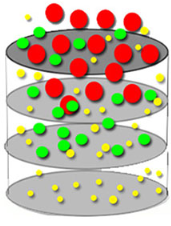
Sieve: The sieve is the core component of the test sieve. It is usually made of stainless steel or other corrosion-resistant materials with different aperture sizes for screening grains of different particle sizes.
Screen frame: The screen frame is used to support the screen. It is usually made of sturdy and durable materials that can withstand vibration and impact during the screening process.
Vibration device: Some grain 20cm test sieves are equipped with a vibration device to improve screening efficiency through mechanical vibration.
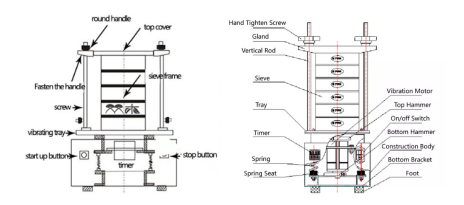
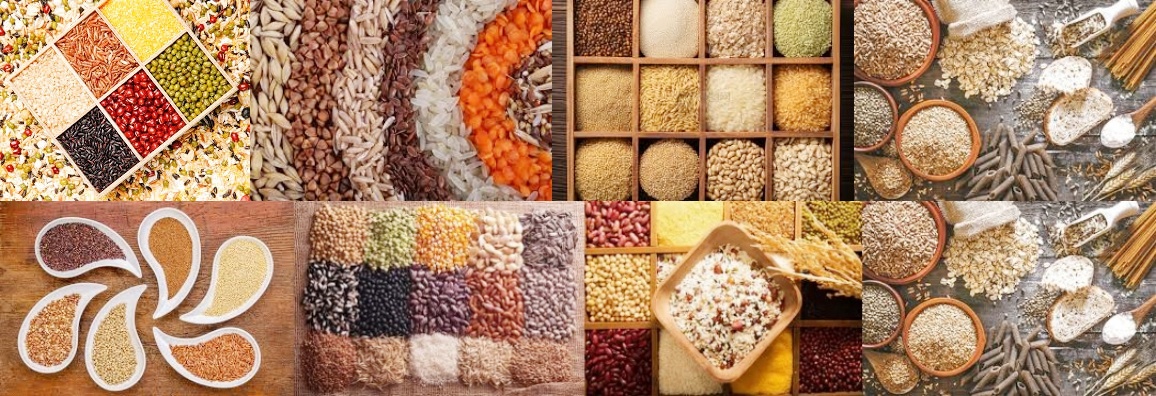
1. Avoid grain breakage: The sieve of 20cm test sieve for grains adopts appropriate materials and weaving methods to reduce grain breakage. The vibration frequency and amplitude of the test sieve are adjusted to avoid excessive collision and breakage of grains.
2. Avoid impurities blocking the sieve: According to the size of the grain and the type of impurities, choose the appropriate mesh number and aperture of the sieve. Layered screening can also effectively prevent impurities from pouring into the fine sieve at one time and causing blockage.
3. Solve uneven particle size: The 20cm test sieve for grains usually adopts a multi-layer sieve structure, which can achieve accurate screening of grains of different particle sizes.
4. Uniform feeding: Install a uniform feeding device at the feed port of the test sieve so that the grains can be evenly distributed on the top sieve.
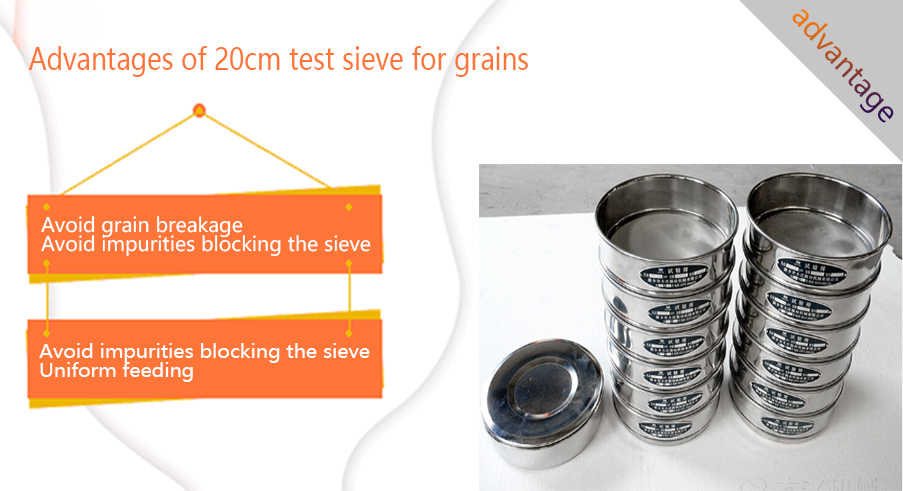
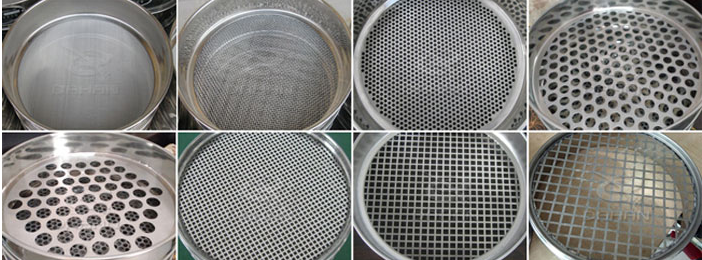
Generally speaking, the mesh number selection of 20cm test sieve for grains can refer to the following range:
Coarse screening: If you need to screen larger grains, you can choose a sieve of 20 to 40 mesh to remove larger impurities, stones, etc.
Medium sieve: For medium-sized particles, you can choose a sieve between 40 mesh and 80 mesh. Suitable for general particle analysis and screening tests. Separate grains of different particle sizes, such as whole grains, broken grains, etc.
Fine sieve: If you need to screen smaller grains, you can choose a sieve with a smaller mesh number of 80 to 120 mesh to finely analyze the size and distribution of the particles. Analyze the particle size distribution of grains and detect broken grains, unfull grains, etc.
Ultrafine sieve: For situations where microscopic particle analysis is required, you can choose a sieve with a mesh size of 120 or more.
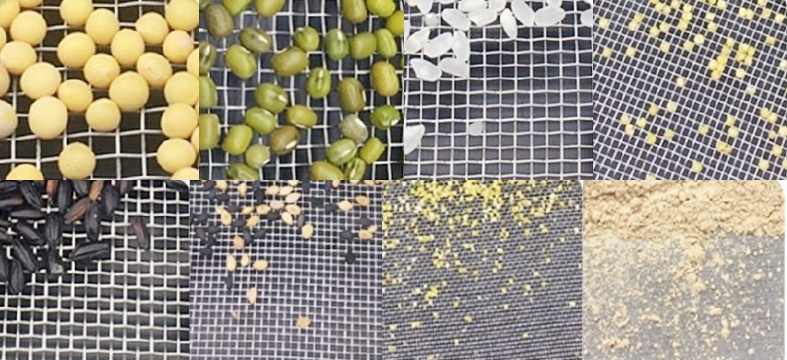

20cm test sieve for grains are widely used in the acquisition, storage, processing, storage and transportation of grains, as well as scientific research, health, foreign trade and other work. Specifically, they can be used in the following scenarios:
1. Grain quality inspection: In the process of grain acquisition and storage, the 20cm test sieve for grains can be used to inspect the impurity content, imperfect grains and other indicators of grains to determine the quality grade of grains.
2. Grain grading: In the process of grain processing, the 20cm test sieve for grains can be used to grade grain particles to obtain grain products of different particle sizes to meet different market needs.
3. Scientific research experiments: In agricultural research institutions, the 20cm test sieve for grains is often used for particle size analysis and screening in experiments such as grain breeding and quality improvement.
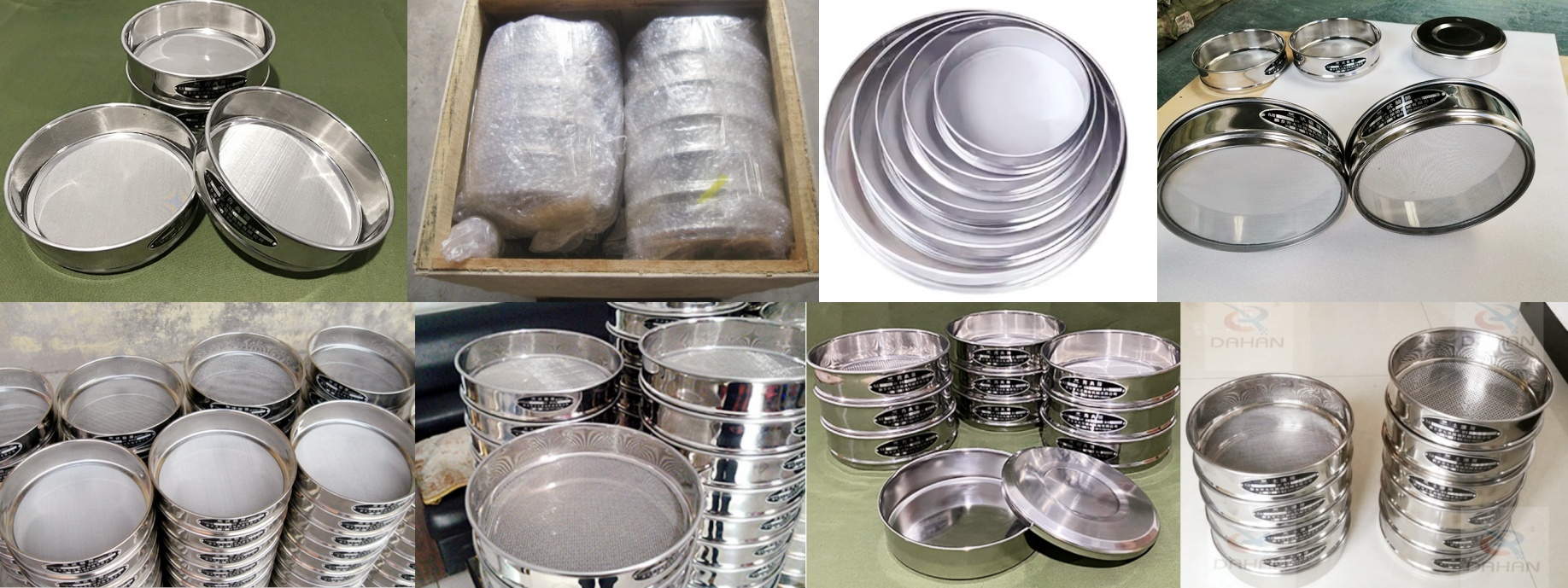
As a commonly used laboratory instrument, 20cm test sieve for grains has a wide range of applications in agriculture, food, environment and other fields. Through reasonable selection and correct use, grains and other particulate matter can be effectively screened and analyzed for particle size, providing reliable data support for related research and production.
What are 20cm Test Sieve made of?
The 20cm Test Sieve is a specialized tool used to perform particle size distribution analysis for a variety of applications in industries...
Φ200 standard test sieve is used to screen particulate matter, with a diameter of 200mm and is made according to standards. It has the advantages of...
Standard sand sieve for cement testing
Cement Standard sand sieve is mainly used in various laboratories, laboratories, item screening, sieving, grading and other inspection departments to...
Jan 13, 2025
The 20cm sieve is used for grain sieving, separating particles of different sizes through screens wit...
Jan 09, 2025
Juice 20cm test sieve is a screening tool specially used in juice production and related research fie...
Jan 08, 2025
20cm test sieve for garden soil
20cm test sieve for garden soil is used in horticultural soil management to analyze particle size dis...
Dec 25, 2024
Chinese herbal medicine vibrating screen
Chinese herbal medicine vibrating screen is a piece of equipment specially used for screening Chinese...
![]()
Then we look forward to hearing from you
Contact Us
Industrials
Yanjin county forest park gate to the west 1000 meters north road sitemap
